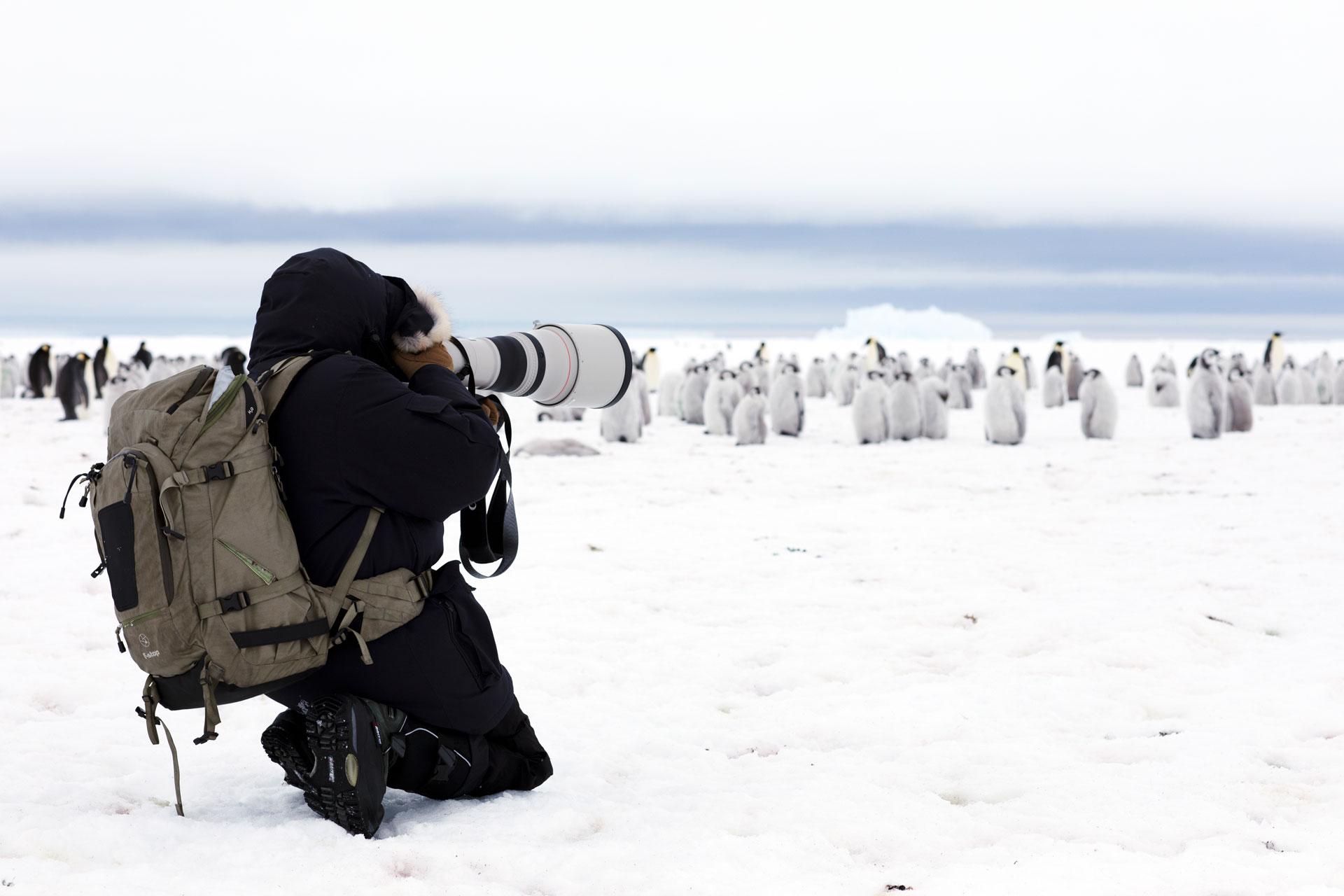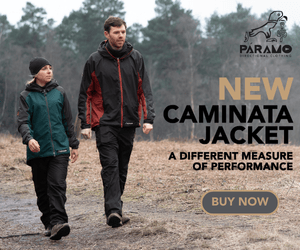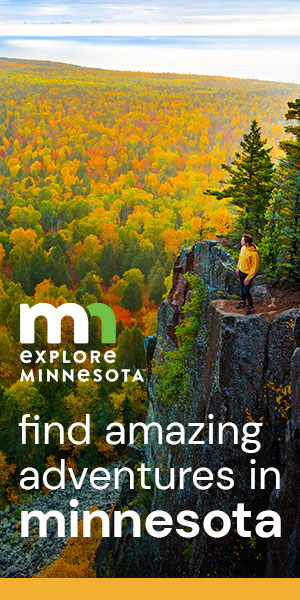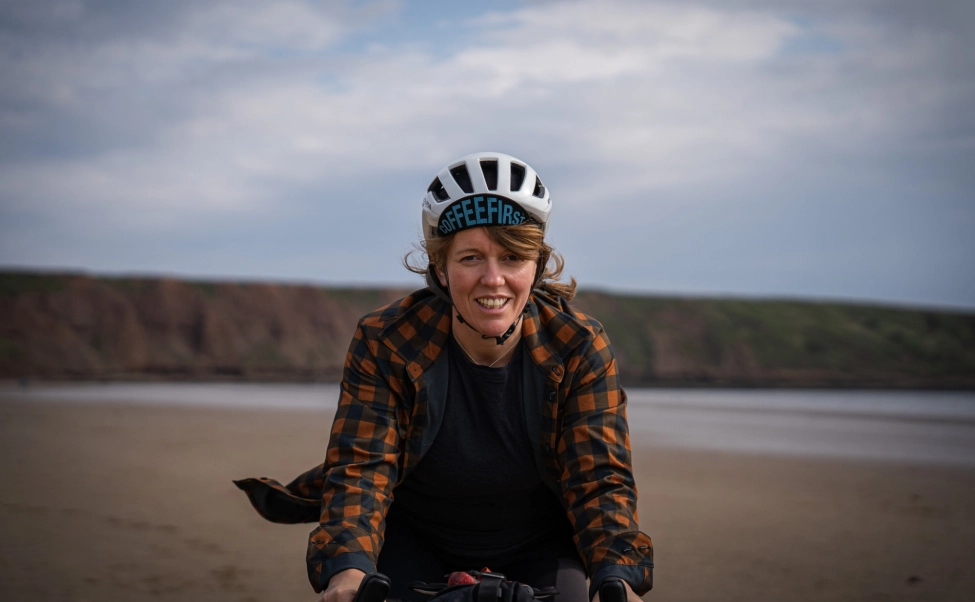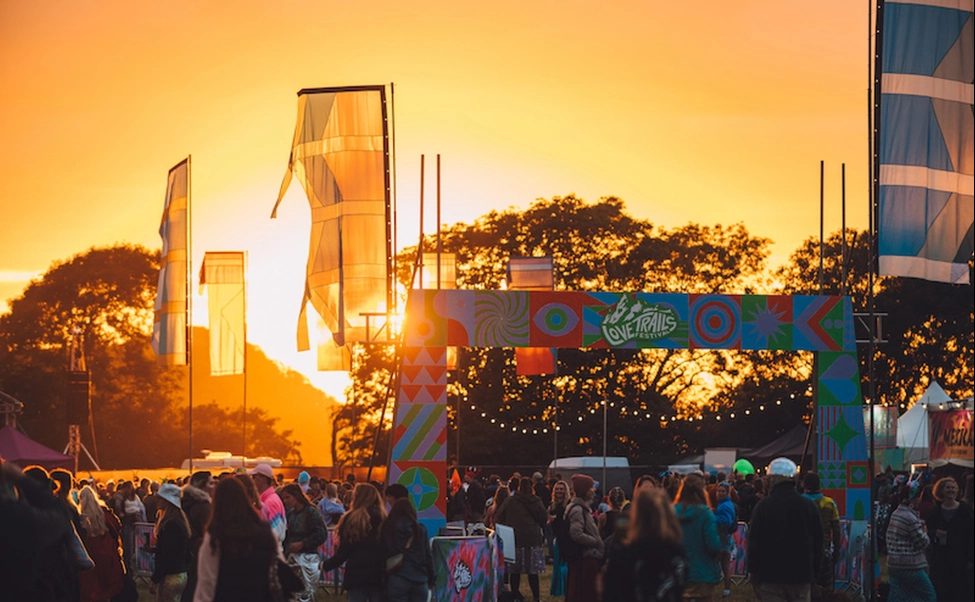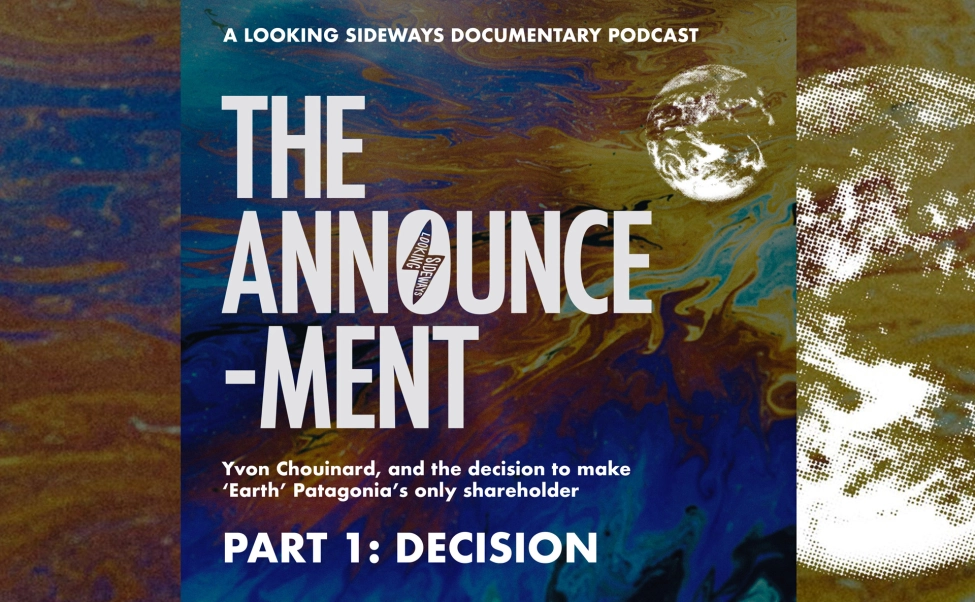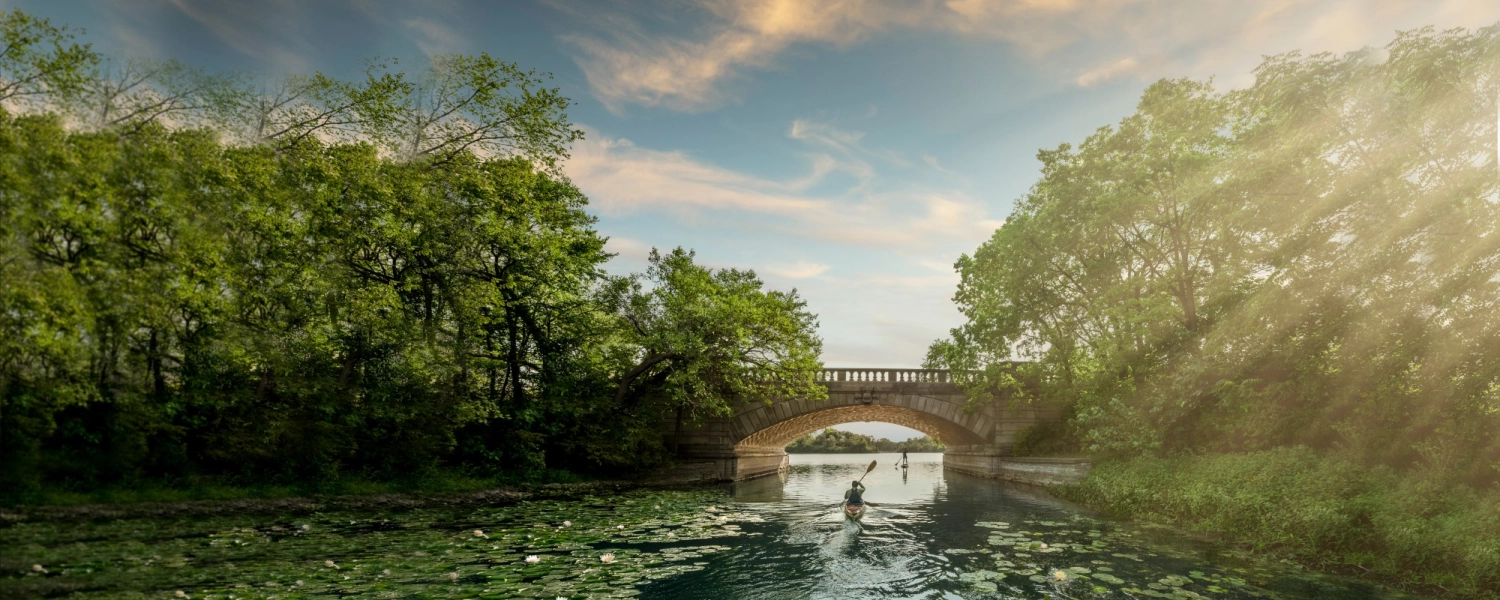- Details
- Written by: Chris Sayer
We may be speaking to each other via a tiny Zoom video frame, but I know that somewhere, there’s a huge elephant in the bright and airy room where Lucia Griggi sits, sunglasses on, in Portugal. And the award-winning wildlife, surf and travel photographer and director knows it’s there too.
“I’m aware my carbon footprint isn’t light – I’m travelling to remote areas by plane. I know I’m a part of the problem. But to reason with my conscience, I see it as a privilege to be able to photograph the changes I’m witnessing in these places, and to be able to bring some level of awareness home with me.” Hot-weather surf destinations, end-of-the-road jungles and sub-zero polar regions are Lucia’s remote working spaces. But they’re spaces that are getting harder to work in as they get warmer, dirtier, and more crowded year to year.“There’s a huge elephant in the bright and airy room where Lucia Griggi sits”“Whatever way you look at it, it always comes back to the fact that there are just too many of us,” she reasons, when I ask her for a unifying factor in the environmental damage she’s witnessing. “But it’s important to remember that there is a lot of beauty in the world. Feeling a connection to it is what matters. I want my work to make people aware of what we stand to lose if we don’t act now.” It’s why, in an interview that centres on the damage we’re doing to our green and blue spaces, you won’t see washed-up whales, choking rainforests and tearful tribes mourning the loss of their livelihoods. Whilst the context of her images have an ever-increasing sense of urgency to them, these stunning photographs from far-flung destinations serve as a reminder of what we’ll no longer experience, either through our own eyes or through a frame, if our actions, attitudes and behaviours don’t shift fast. Here, Lucia has waded through her enormous catalogue of work to pull out these stunning images from her travels. The images all have an urgent environmental meaning behind them:
Polar Bears In The Russian Arctic, 2019
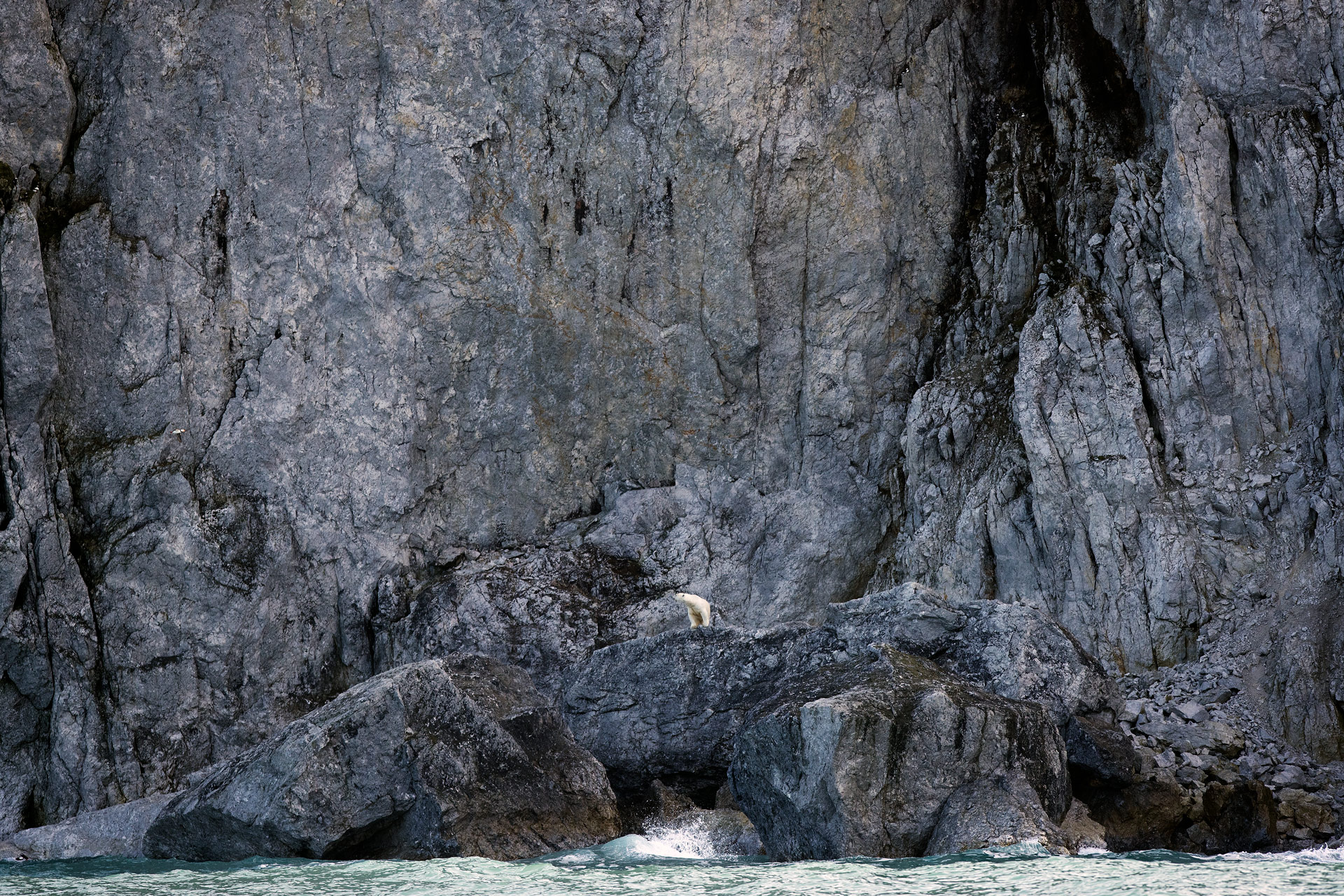
“There just isn’t enough sea ice left to support them and the seals they hunt, so they’ve been forced to find food from urban areas”“In 2019, I did an expedition to circumnavigate the Arctic. We used a Russian Icebreaker ship but, unbelievably, there was hardly any ice for it to break through. Most of the sea ice that we did find was between two Soviet cities, and it was there that we found bears: they were swimming into the busy ports to raid the city’s bins for food. There just isn’t enough sea ice left to support them and the seals they hunt, so they’ve been forced to find food from urban areas. “In all my years of working in these areas, I’ve never seen polar bears so close to human civilisations. What’s equally as worrying to me is that in the twenty days I spent on this expedition looking for polar bears, I saw very few families. I don’t know how else to put it: polar bears will be gone very soon as a direct result of the loss of sea ice.”
Waves In Fiji, 2012
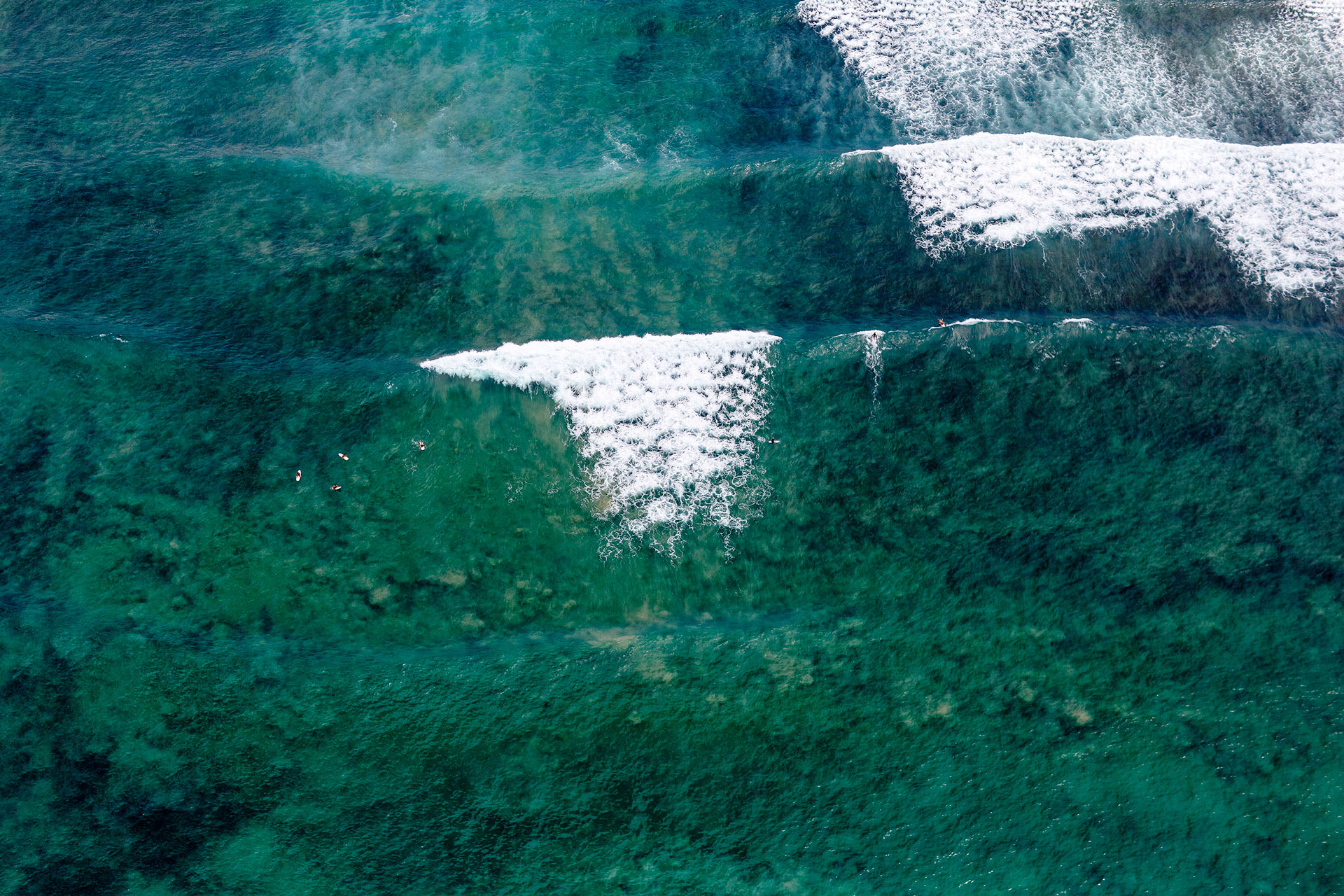
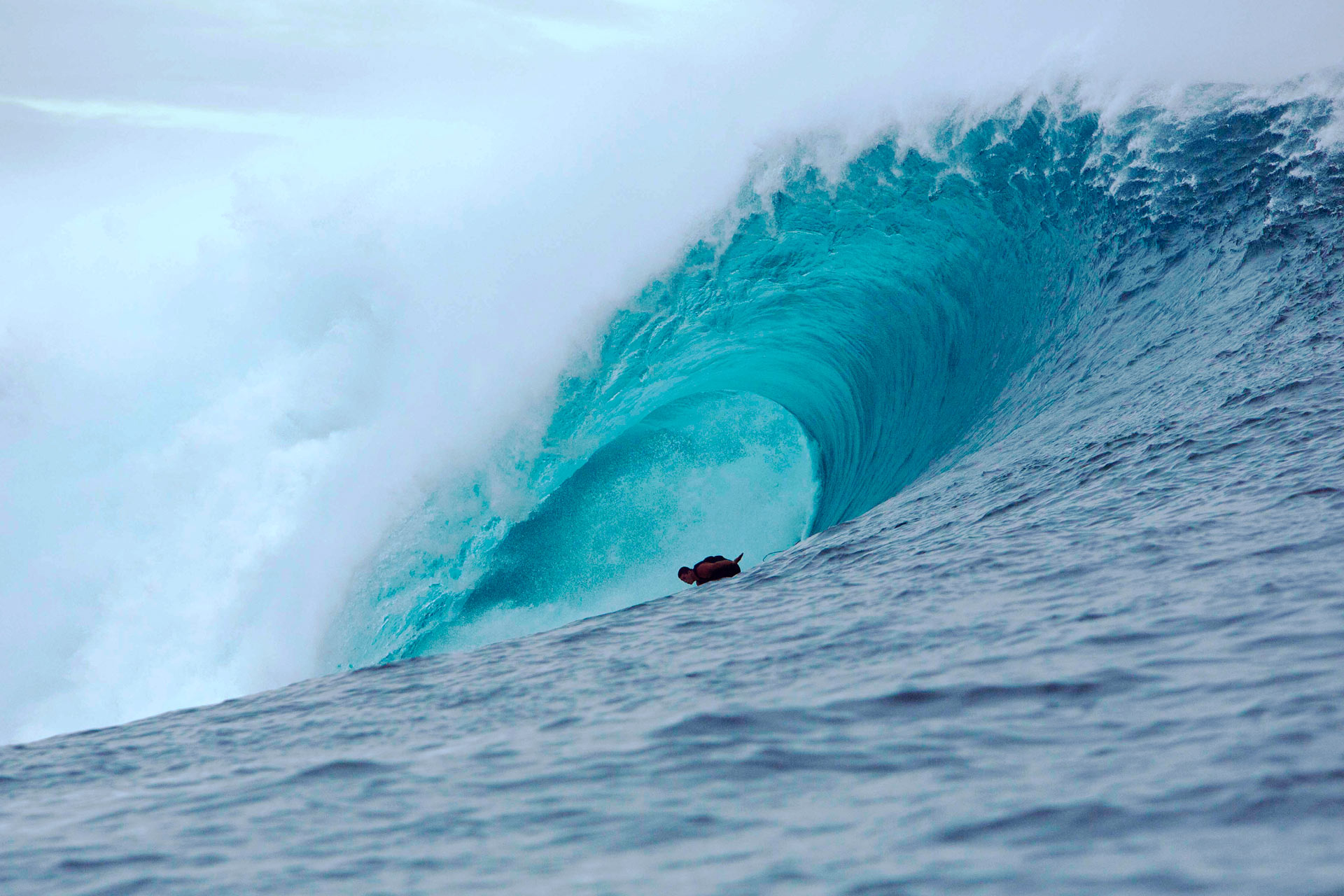
“There wasn’t one day when I didn’t see floating plastic bottles”“In the water, I’d paddle out through a layer of surface oil from all the boats taking new hordes of tourists to surf, dive, or spot wildlife. I felt the same way when I went back to the Maldives ten years after my first trip there. The lack of living reef is horrifying. And the feeling of being totally cut off from the rest of the world is now totally gone – sitting on the northern atoll now, instead of seeing nothing but horizon, you see Mali and all its new high-rise buildings. I don’t think I could ever go back to the Maldives – as the issues are caused by overpopulation, I’d feel too much a part of the problem. “To be honest, I’ve pretty much stopped my surf travel. I’ve seen too many beautiful places turn into row upon row of beachside resorts, where every day I witnessed staff sweeping muck directly into the water. It’s a gigantic problem that we’re just not comprehending.”
Whales In The Sea Of Okhotsk, 2017
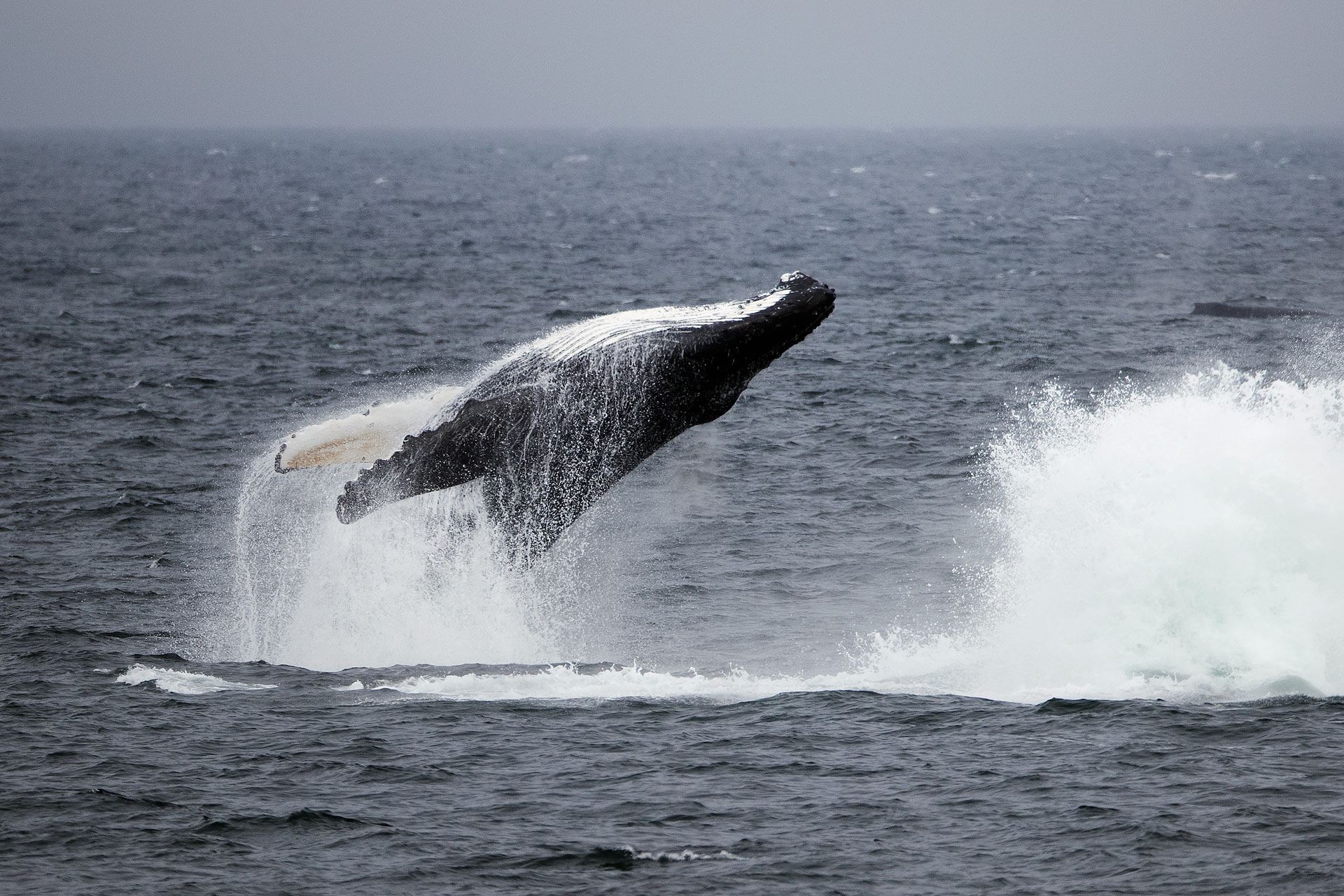

“Seeing Humpbacks breaching or two Humpbacks together in perfect harmony, you instantly know they’re relaxed”“These shots, obviously, aren’t from that trip – I stopped shooting halfway through and asked the pilot to turn around. I couldn’t bear it. These are Humpbacks in the Sea of Okhotsk to the east of Russia. It’s one of the most vibrant areas to see migrating whales of any kind. Seeing Humpbacks breaching or two Humpbacks together in perfect harmony, you instantly know they’re relaxed. “In comparison, the water around the Sri Lankan Blues was so aggravated that there was only a split-second view of them before they submerged. The reality is, I’ve spent months and months at a time with whales and have been fortunate to see only a couple of breaches right in front of me. But if we continue to treat our whales like we do in Sri Lanka, it’s something that we won’t ever get the chance to experience.”
Nomads In Siberia, 2019
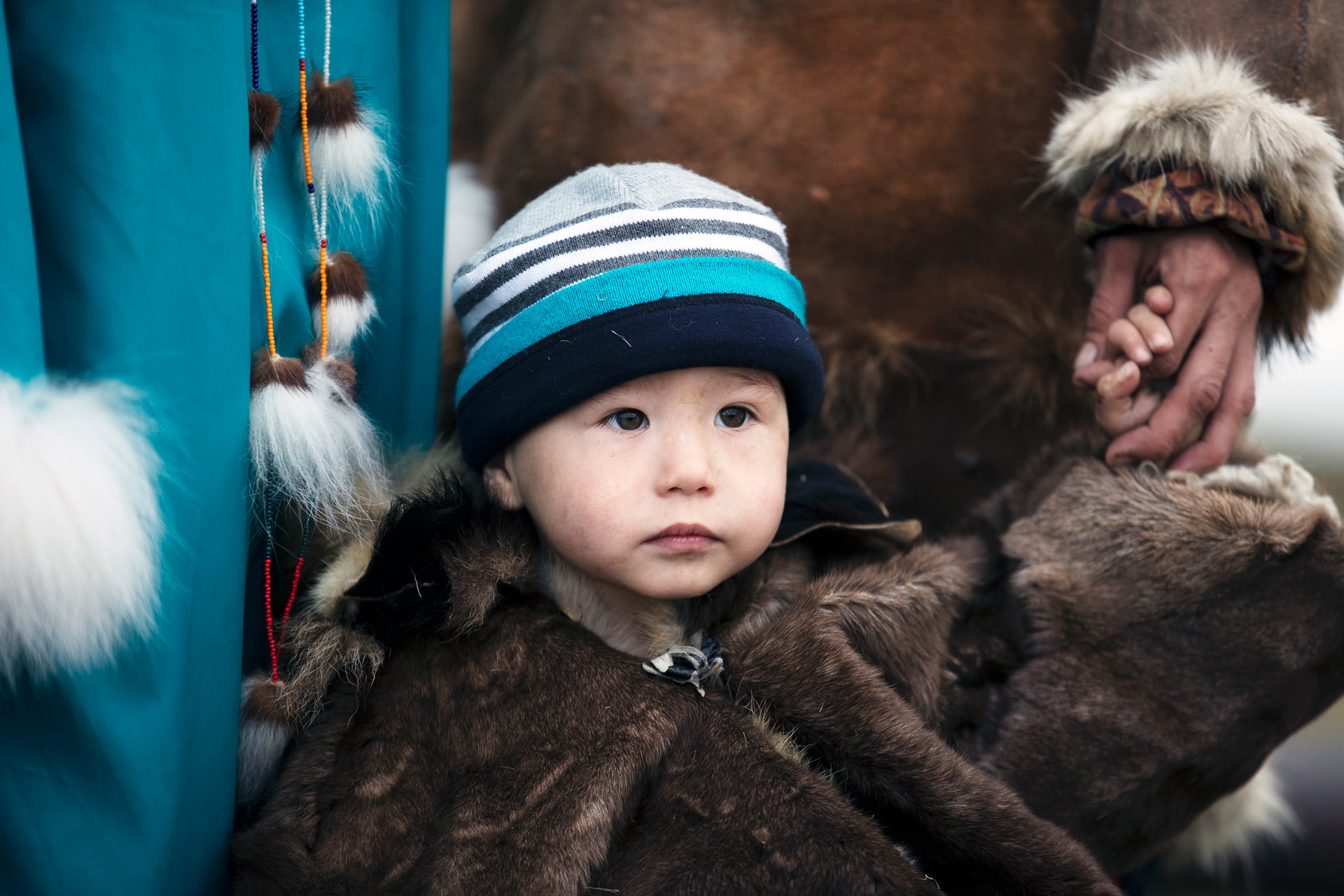
“I really worry what children like him will have to face in their lifetime”“This image has a strong message for me. This child, at his age, and despite his self-sufficient, sustainable, and low-impact lifestyle thousands and thousands of miles away from the main climate change protagonists, is who will feel and witness the impact of our actions first. I really worry what children like him will have to face in their lifetime.”
Antarctica, 2019

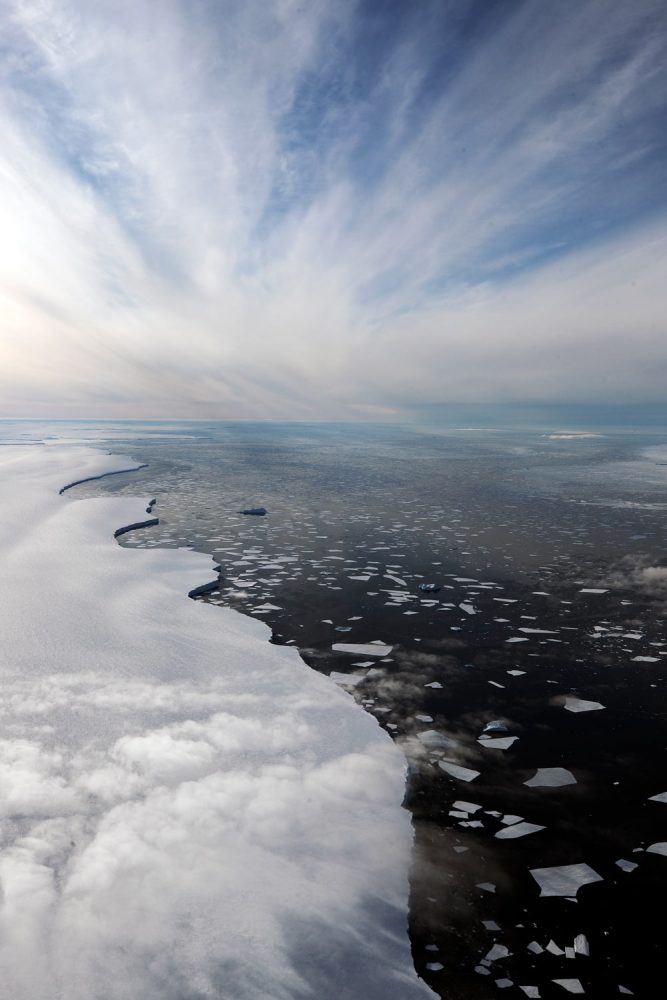
“Now, it’s too dangerous as we can’t be sure about the thickness of the ice we’re walking onto”“Climate change is so obvious there. The increased instability of the ice means I can’t get the same access to glaciers that I used to – we could once float our ship up and simply step off it. Now, it’s too dangerous as we can’t be sure about the thickness of the ice we’re walking onto. When photographing penguin colonies that live and breed on sea ice, we now wear full mountaineering harnesses alongside an expert guide, because the chance of falling through it is a real threat. Five years ago I wouldn’t have dreamed of needing to wear one. In fact, I now can’t get near enough to the penguins to shoot up-close – the huge powerful waves the carvings create mean I can only shoot with a long lens at a safe distance.”
Galapagos Islands, 2019
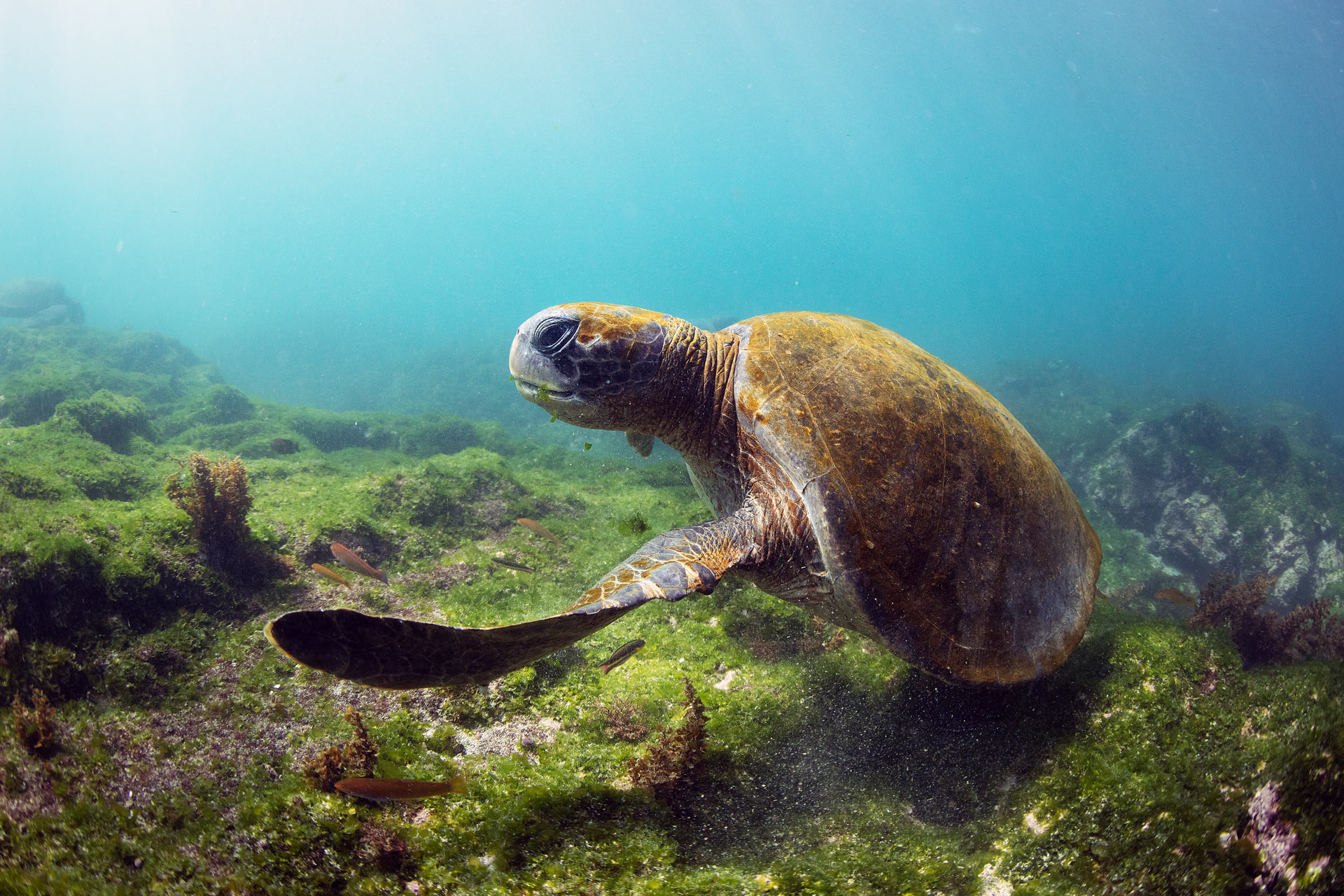
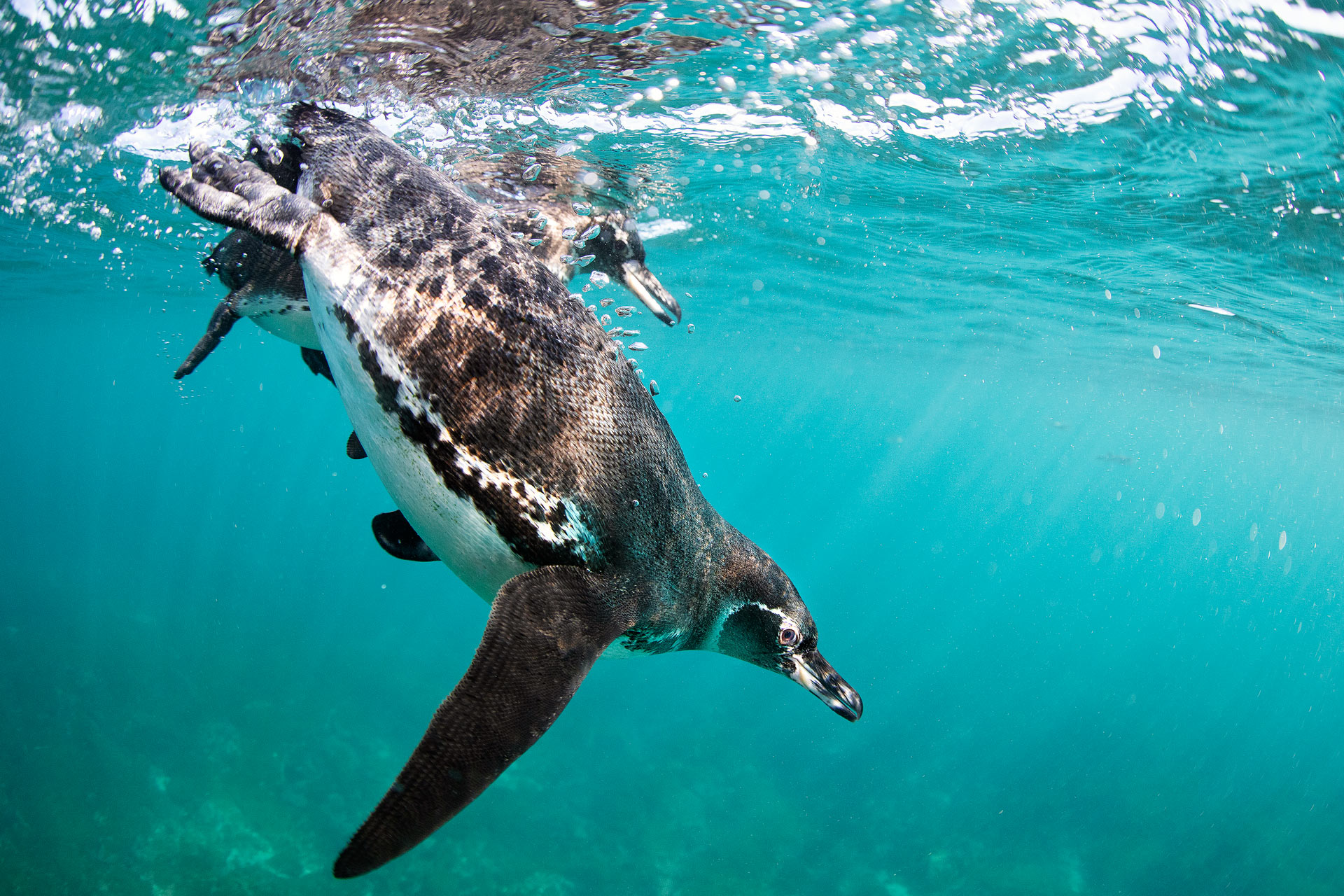
“The Galapagos gives me hope”“There are simple but strong policies in place to protect the local environment and its people. For example, importing cheaper coffee and oranges is banned, and the people there only consume what is grown on the archipelago which encourages and supports the local economy. They ban the use of anchors to protect the reefs, which are absolutely thriving. “For me though, most important is the education that sustains this high level of protection. Sure, it’s not the same education that we’ve come to expect in the West, but what they know more about than anything is how to live off and protect the land, in harmony with wildlife. In my opinion, they’ve got it sorted, and it means I can still go there and photograph some of the rarest species in the world, from the Giant Tortoise to the Galapagos Penguin. The Galapagos gives me hope.” ********** Lucia Griggi is a Canon Ambassador. Find her website at luciagriggi.com and follow her on Instagram at @luciagriggi. ********** Read our Green Issue here.

